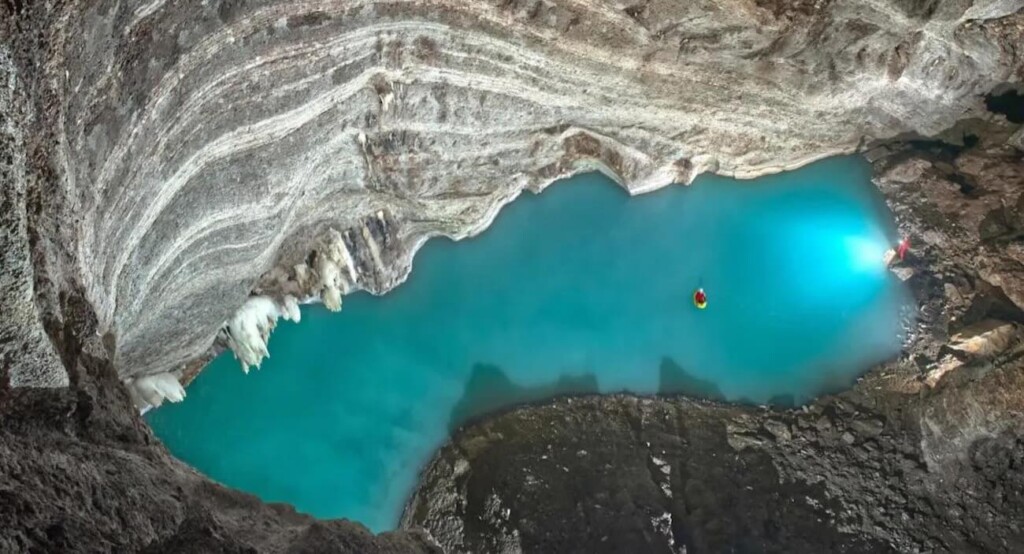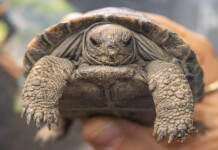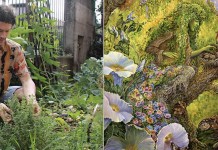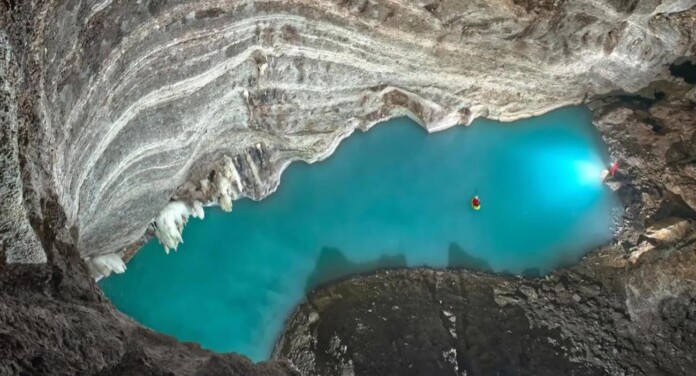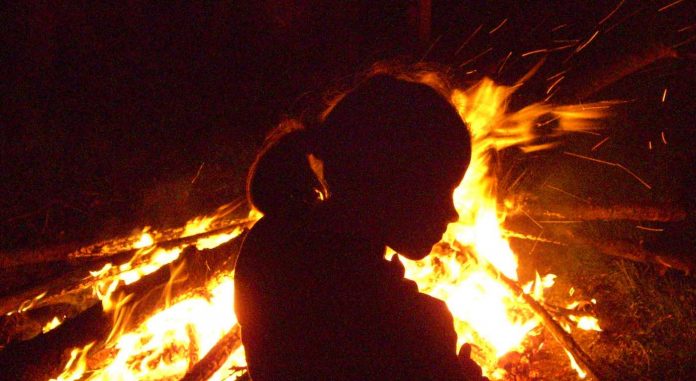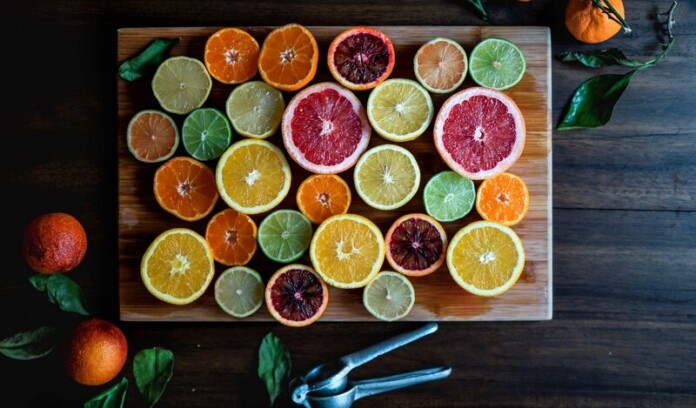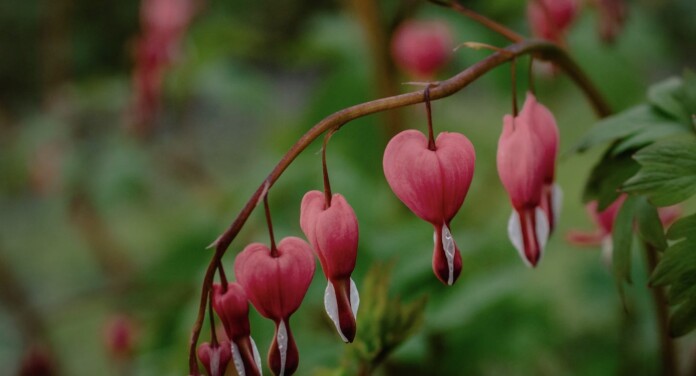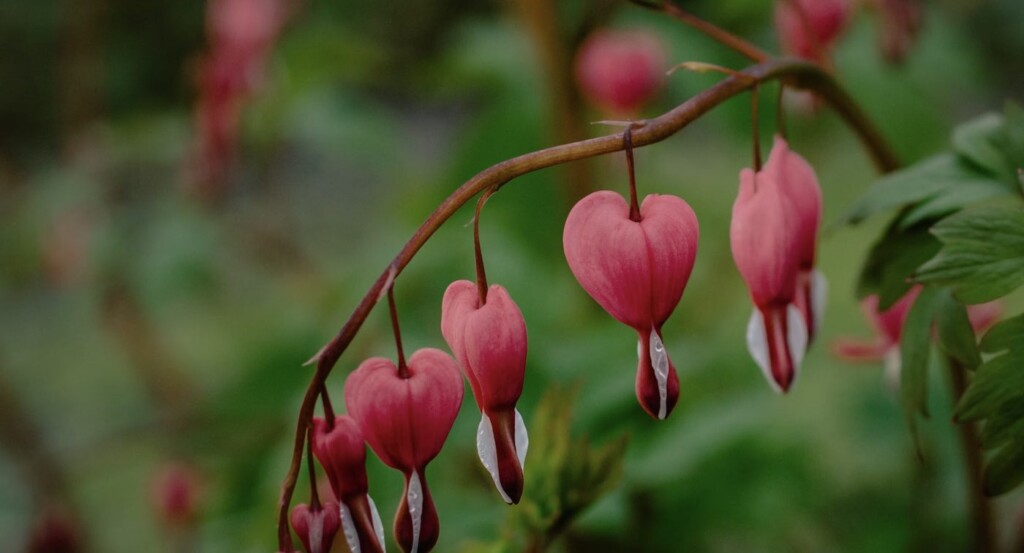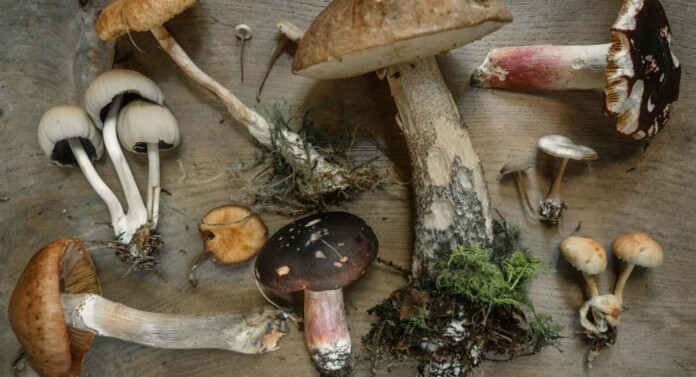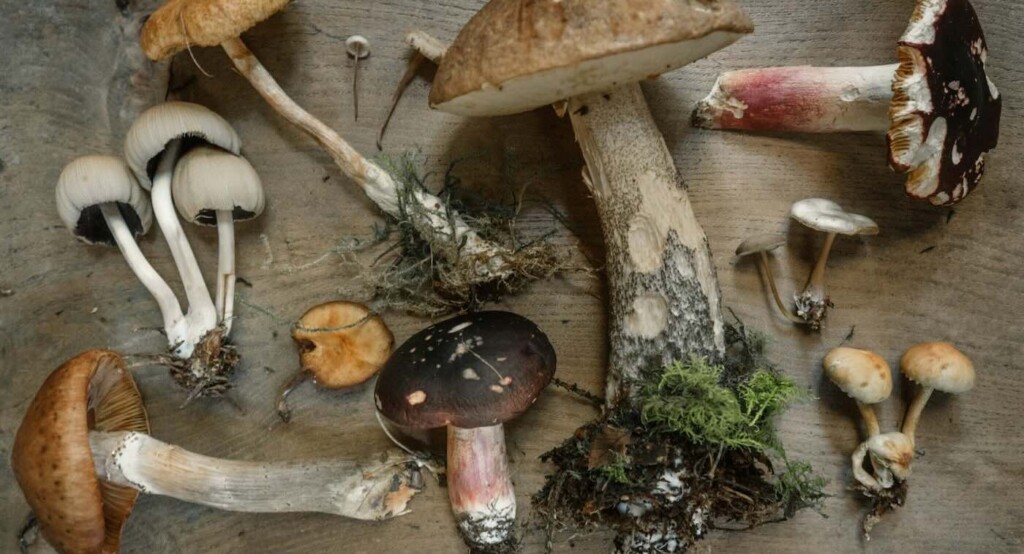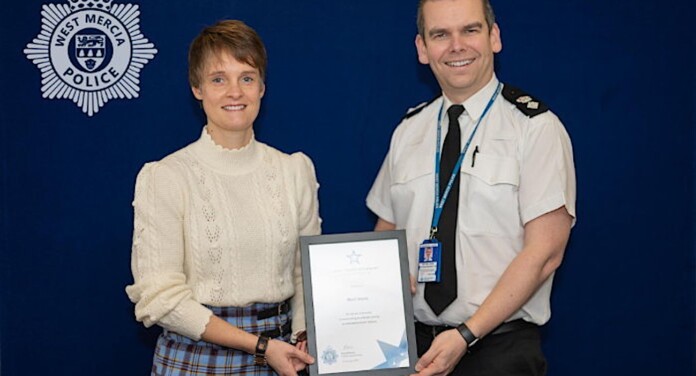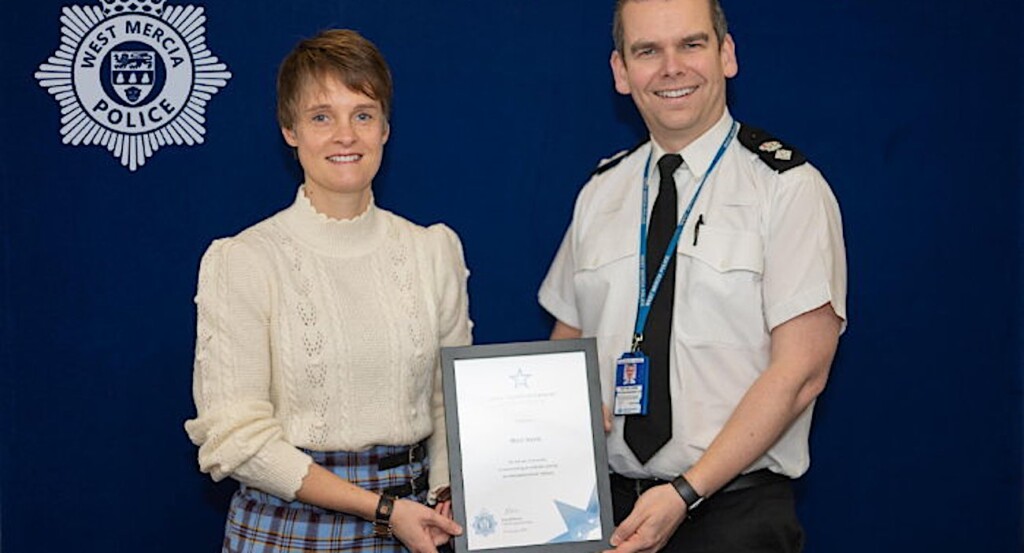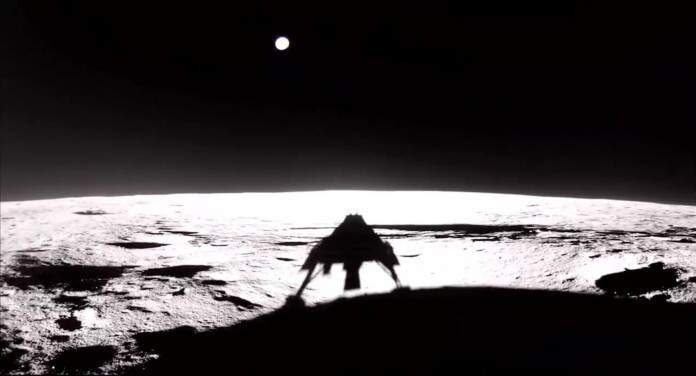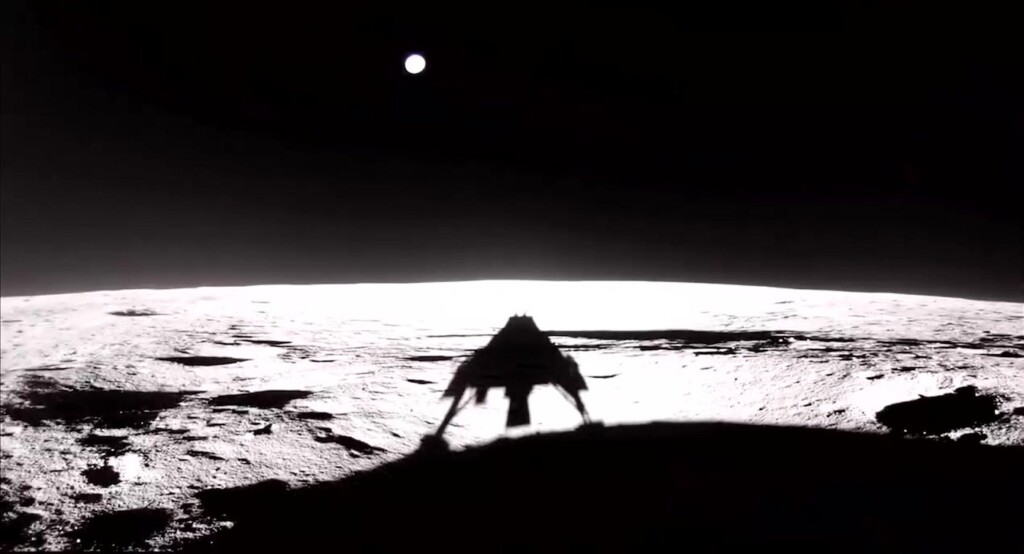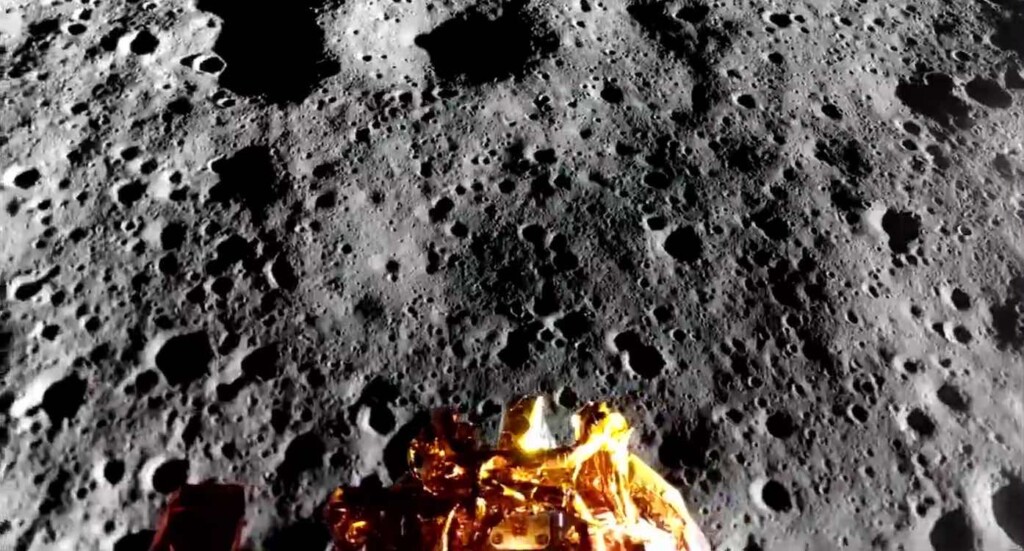Our partner Rob Brezsny, who has a new book out, Astrology Is Real: Revelations from My Life as an Oracle, provides his weekly wisdom to enlighten our thinking and motivate our mood. Rob’s Free Will Astrology, is a syndicated weekly column appearing in over a hundred publications. He is also the author of Pronoia Is the Antidote for Paranoia: How All of Creation Is Conspiring To Shower You with Blessings. (A free preview of the book is available here.)
Here is your weekly horoscope…

FREE WILL ASTROLOGY – Week of March 8, 2025
Copyright by Rob Brezsny, FreeWillAstrology.com

PISCES (Feb. 19-March 20):
No cars drove through London’s streets in 1868. That invention was still years away. But the roads were crammed with pedestrians and horses. To improve safety amidst the heavy traffic, a mechanical traffic light was installed—the first in the world. But it had a breakdown a month later, injured a police officer, and was discontinued. Traffic lights didn’t become common for 50 years after that. I believe your imminent innovations will have better luck and good timing, Pisces. Unlike the premature traffic signal, your creations and improvements will have the right context to succeed. Don’t be shy about pushing your good ideas! They could revamp the daily routine.

ARIES (March 21-April 19):
The world’s darkest material is Vantablack. This super-black coating absorbs 99.96% of visible light, creating a visual void. It has many practical applications, like improving the operation of telescopes, infrared cameras, and solar panels. I propose we make Vantablack your symbol of power in the coming weeks. It will signify that an apparent void or absence in your life might actually be a fertile opportunity. An ostensible emptiness may be full of potential.

TAURUS (April 20-May 20):
Among their many sensational qualities, rivers have the power to create through demolition and revision. Over the centuries, they erode rock and earth, making canyons and valleys. Their slow and steady transformative energy can be an inspiration to you in the coming months, Taurus. You, too, will be able to accomplish wonders through the strength of your relentless persistence—and through your resolute insistence that some old approaches will need to be eliminated to make way for new dispensations.

GEMINI (May 21-June 20):
Centuries before European sailors ventured across the seas, Polynesians were making wide-ranging voyages around the South Pacific. Their navigations didn’t use compasses or sextants, but relied on analyzing ocean swells, star configurations, cloud formations, bird movements, and wind patterns. I bring their genius to your attention, Gemini, because I believe you are gaining access to new ways to read and understand your environment. Subtleties that weren’t previously clear to you are becoming so. Your perceptual powers seem to be growing, and so is your sensitivity to clues from below the visible surface of things. Your intuition is synergizing with your logical mind.

CANCER (June 21-July 22):
The Maeslant Barrier is a gigantic, movable barricade designed to prevent the flooding of the Dutch port of Rotterdam. It’s deployed when storms generate surges that need to be repelled. I think we all need metaphorical versions of this protective fortification, with its balance of unstinting vigilance and timely flexibility. Do you have such psychic structures in place, Cancerian? Now would be a good time to ensure that you have them and they’re working properly. A key factor, as you mull over the prospect I’m suggesting, is knowing that you don’t need to keep all your defenses raised to the max at all times. Rather, you need to sense when it’s crucial to assert limits and boundaries—and when it’s safe and right to allow the flow of connection and opportunity.

LEO (July 23-Aug. 22):
The authentic alchemists of medieval times were not foolishly hoping to transmute literal lead and other cheap metals into literal gold. In fact, their goal was to change the wounded, ignorant, unripe qualities of their psyches into beautiful, radiant aspects. The coming weeks will be an excellent time for you to do such magic. Life will provide you with help and inspiration as you try to brighten your shadows. We all need to do this challenging work, Leo! Now is one of your periodic chances to do it really well.

VIRGO (Aug. 23-Sept. 22):
Cosmic rhythms are authorizing you to be extra demanding in the coming days—as long as you are not frivolous, rude, or unreasonable. You have permission to ask for bigger and better privileges that you have previously felt were beyond your grasp. You should assume you have finally earned rights you had not fully earned before now. My advice is to be discerning about how you wield this extra power. Don’t waste it on trivial or petty matters. Use it to generate significant adjustments that will change your life for the better.

LIBRA (Sept. 23-Oct. 22):
In North America, starlings are an invasive species introduced from Europe in the 19th century. They are problematic, competing with native species for resources. They can damage crops and spread diseases that affect livestock. Yet starlings also create the breathtakingly beautiful marvel known as a murmuration. They make mesmerizing, ever-shifting patterns in the sky while moving as one cohesive unit. We all have starling-like phenomena in our lives—people, situations, and experiences that arouse deeply paradoxical responses, that we both enjoy and disapprove of. According to my analysis, the coming weeks will be prime time to transform and evolve your relationships with these things. It’s unwise to sustain the status quo. I’m not necessarily advising you to banish them—simply to change your connection.

SCORPIO (Oct. 23-Nov. 21):
Buildings and walls in the old Incan city of Machu Picchu feature monumental stone blocks that fit together precisely. You can’t slip a piece of paper between them. Most are irregularly shaped and weigh many tons. Whoever constructed these prodigious structures benefited from massive amounts of ingenuity and patience. I invite you to summon some of the same blend of diligence and brilliance as you work on your growing masterpiece in the coming weeks and months. My prediction: What you create in 2025 will last a very long time.

SAGITTARIUS (Nov. 22-Dec. 21):
Bioluminescence is light emitted from living creatures. They don’t reflect the light of the sun or moon, but produce it themselves. Fireflies do it, and so do glow-worms and certain fungi. If you go to Puerto Rico’s Mosquito Bay, you may also spy the glimmer of marine plankton known as dinoflagellates. The best time to see them show what they can do is on a cloudy night during a new moon, when the deep murk reveals their full power. I believe their glory is a good metaphor for you in the coming days. Your beauty will be most visible and your illumination most valuable when the darkness is at a peak.

CAPRICORN (Dec. 22-Jan. 19):
Capricorn-born Shah Jahan I was the Emperor of Hindustan from 1628 to 1658. During his reign, he commissioned the Taj Mahal, a magnificent garden and building complex to honor his wife, Mumtaz Mahal. This spectacular “jewel of Islamic art” is still a major tourist attraction. In the spirit of Shah Jahan’s adoration, I invite you to dream and scheme about expressing your devotion to what you love. What stirs your heart and nourishes your soul? Find tangible ways to celebrate and fortify your deepest passions.

AQUARIUS (Jan. 20-Feb. 18):
Over 2,100 years ago, Greek scientists created an analog computer that could track astronomical movements and events decades in advance. Referred to now as the Antikythera mechanism, it was a unique, groundbreaking invention. Similar machines didn’t appear again until Europe in the 14th century. If it’s OK with you, I will compare you with the Antikythera mechanism. Why? You are often ahead of your time with your innovative approaches. People may regard you as complex, inscrutable, or unusual, when in fact you are simply alert for and homing in on future developments. These qualities of yours will be especially needed in the coming weeks and months.
WANT MORE? Listen to Rob’s EXPANDED AUDIO HOROSCOPES, 4-5 minute meditations on the current state of your destiny — or subscribe to his unique daily text message service at: RealAstrology.com
SHARE The Wisdom With Friends Who Are Stars in Your Life on Social Media…
